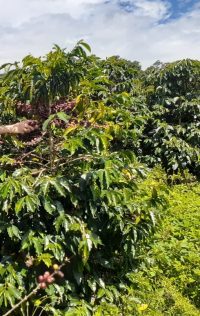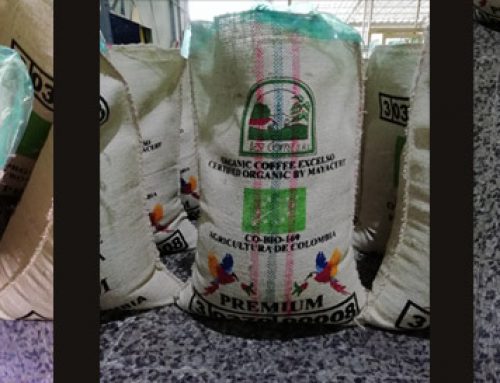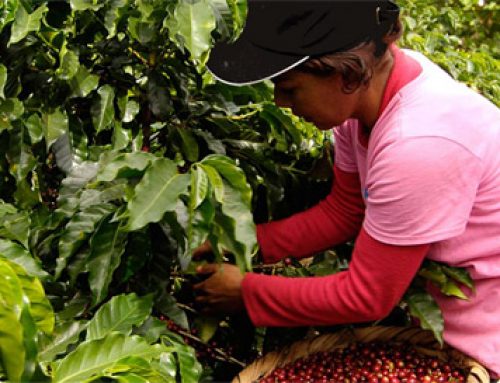Colombia is made up of the district of the capital: Bogotá and 32 departments, each with its own capital. The terrain consists of flat coastal plains, central highlands, high Andes mountains, and eastern lowland plains. The Sierra Nevada de Santa Marta is a mountain massif (as big as Veneto) in northern Colombia. (17,000 square kilometers). The territory of the Sierra Nevada is a Colombian natural park and is distributed between the departments of Magdalena, Cesar, and La Guajira. The highest mountain in the Sierra Nevada is the Pico Cristóbal Colón, at 5,575 m a.s.l., immediately followed by the Pico Simón Bolívar, at 5,574 m a.s.l., just one meter less. Due to the large number of active volcanoes, the highlands are often threatened by volcanic eruptions. The Colombian climate is tropical along the coast and in the eastern lowlands, while the highlands are much cooler. The coffee growing regions of the country are delimited between the north altitude 1 ° and 11 ° 15, the west longitude 72 ° and 78 ° and can exceed 2,000 meters above sea level. The cultivation regions have a specific conditioned pattern, generated by the double path of the Intertropical Convergence Zone on the region, this allows the coffee to benefit from an adequate quantity and distribution of rain.
A little history
The first evidence of coffee in Colombia dates back to 1730, probably brought to South America by the Jesuits. However, it was only in the second half of the nineteenth century that coffee established itself as an export product. The fall in international prices between the 19th and 20th centuries changed the face of the coffee sector in Colombia, causing many of the big companies to go bankrupt. Small-scale coffee cultivation, however, developed mainly in the West. The number of small local farms grew and at the beginning of the 20th century the development of the coffee industry was led by small producers in the western regions of the country, mainly Antioquia, Caldas, Valle and part of Tolima. Today, coffee is one of the most important agricultural products in the country. In 2010, the total production was 8.9 million 70 kg bags, of which 7.8 million were exported.

Growth conditions
Thanks to their altitude, the coffee growing regions benefit from a stable median temperature between 18 ° and 24 ° C. The lack of temperature changes during the day and the temperature throughout the year also favors the generation of sugars and others. compounds inside the coffee beans.
Precipitation
Average annual rainfall is close to 2,000 millimeters. The central coffee growing regions in the country face dry and rainy periods over many months, and thanks to this they allow you to regularly harvest fresh coffee throughout the year.
Ground
The soil where coffee is grown in Colombia varies from sandy to rocky and even clayey. Colombia has several coffee regions in the three mountain ranges: the eastern, central and western regions. The main feature of the soils is their volcanic origin, with a rich content of organic material, which reduces the need for fertilizers.
Microclimate
Due to the vastness of the country and the marked differences in topography, Colombia has many microclimates. Coffee plantations develop according to different cultivation systems, which include on the one hand the traditional plantations with lower productivity and on the other the more advanced and technical ones, with exposure to the sun, partially shaded or considered cultivated in the shade. In none of these cultivation systems are only Arabica coffees grown, using varieties that have adapted to their specific production conditions, such as Typica, Bourbon, Caturra, Castillo or Tabi.

Contact us
Fill out the form below to become our business partner







